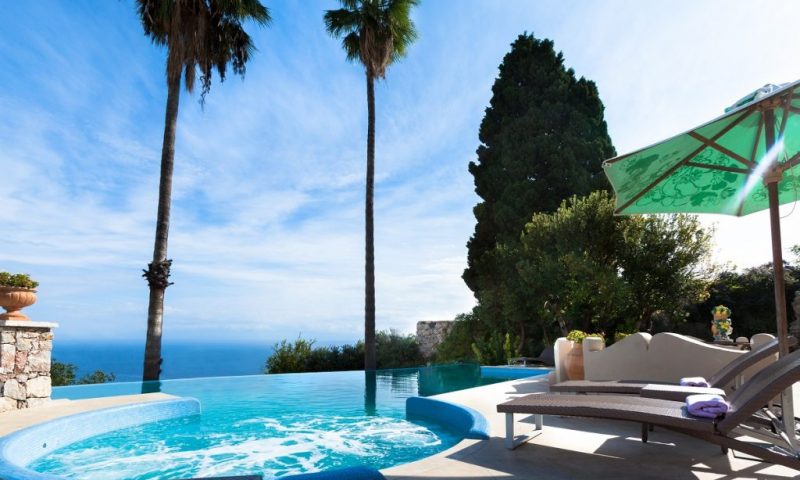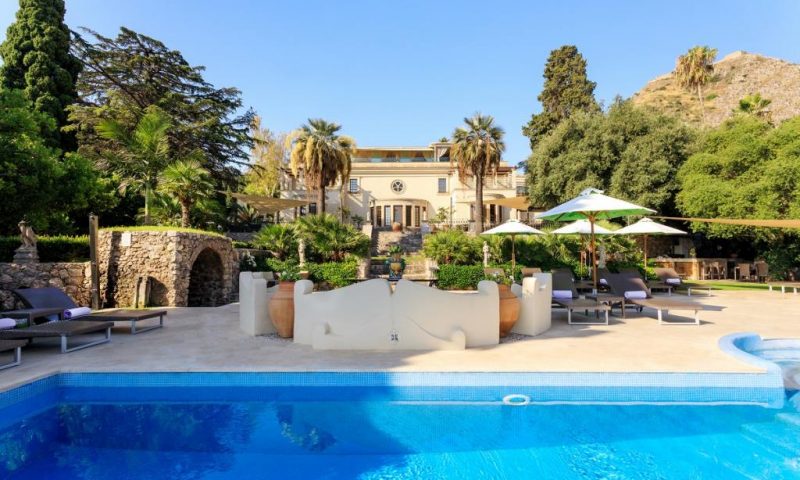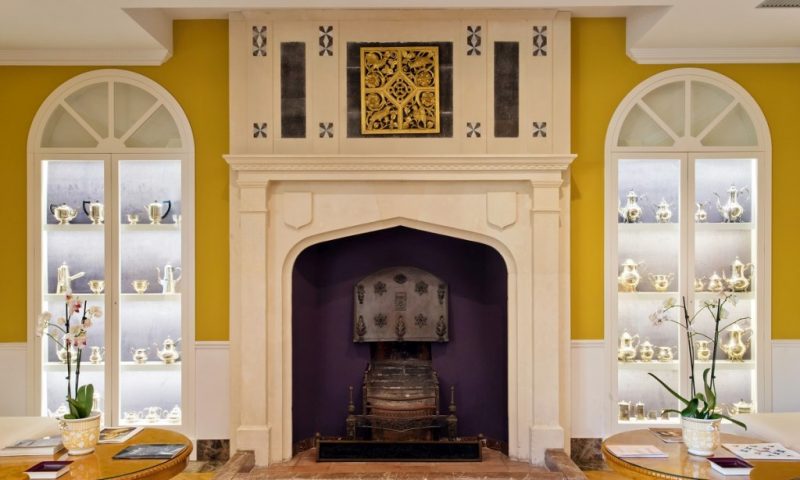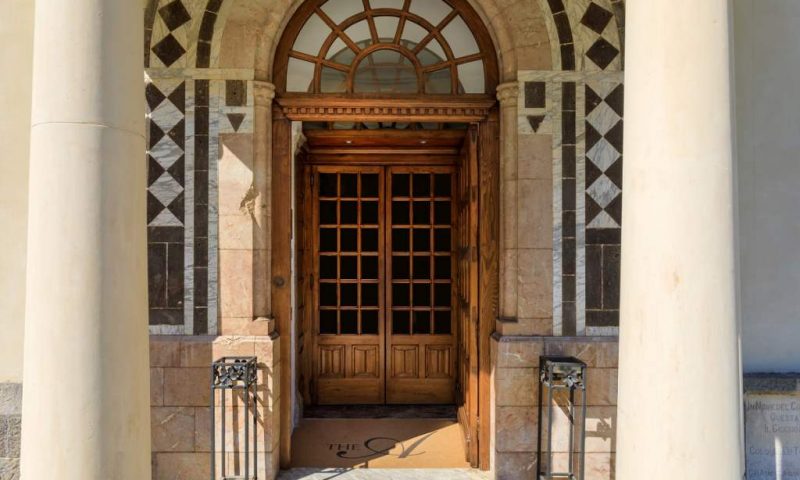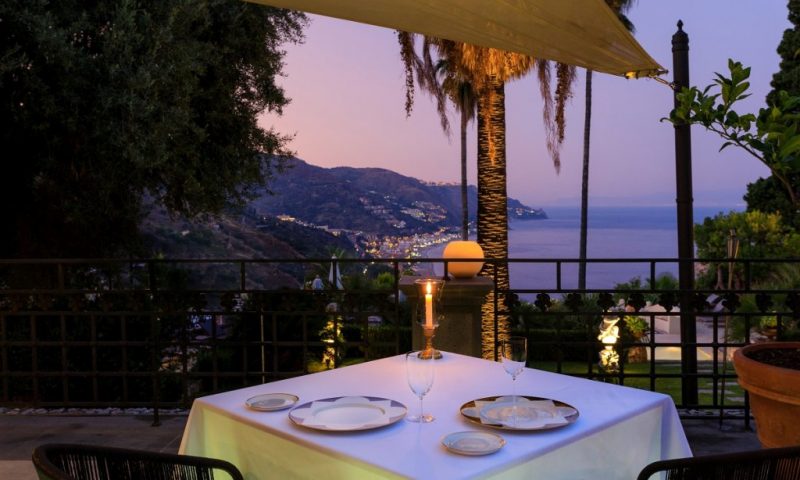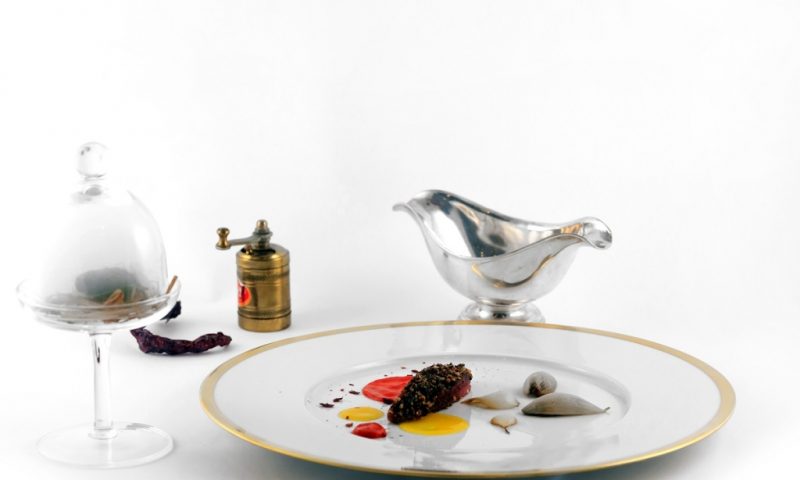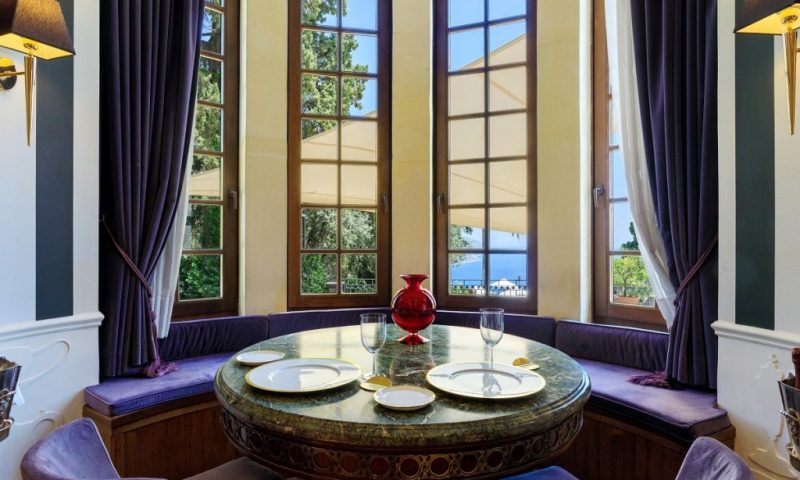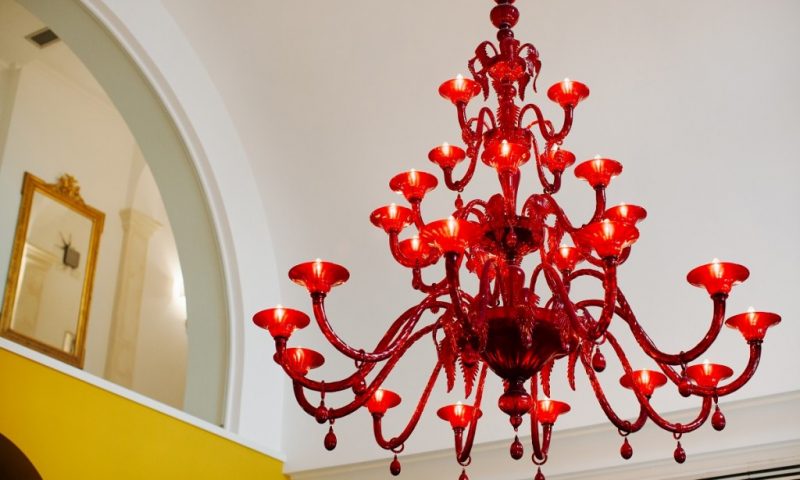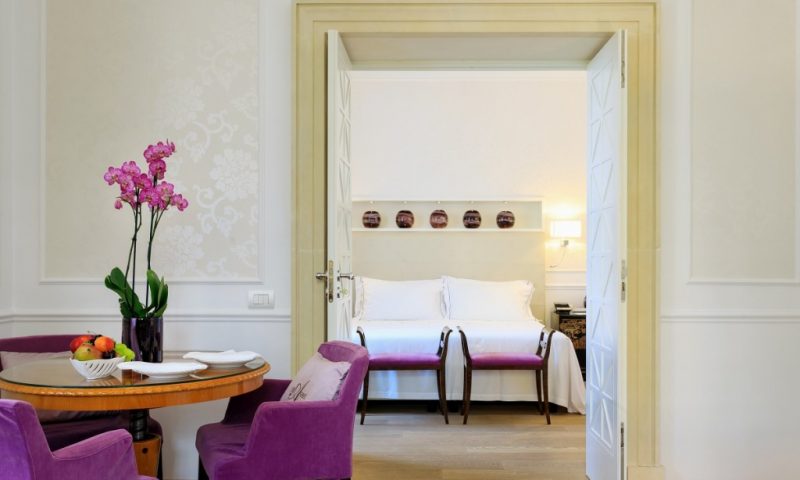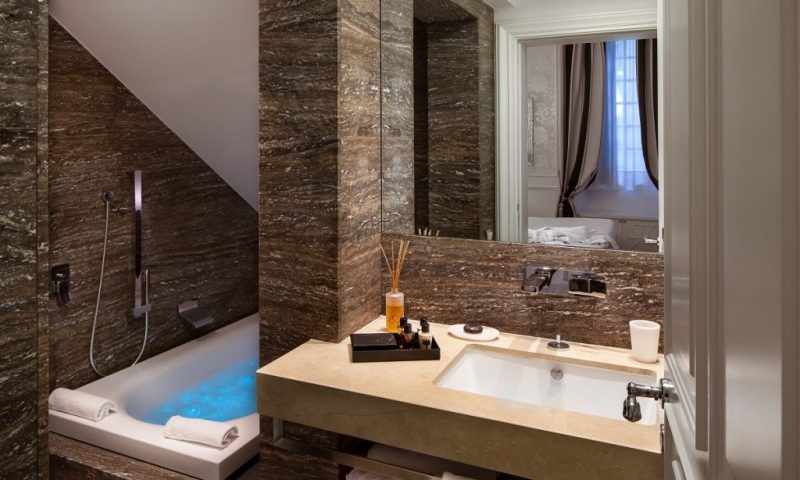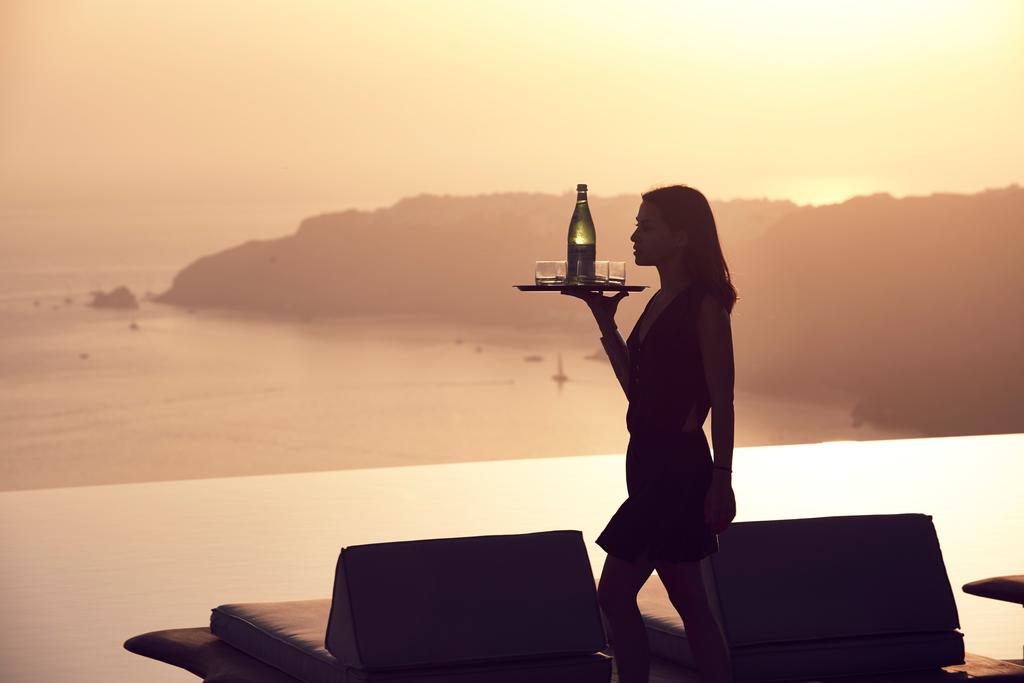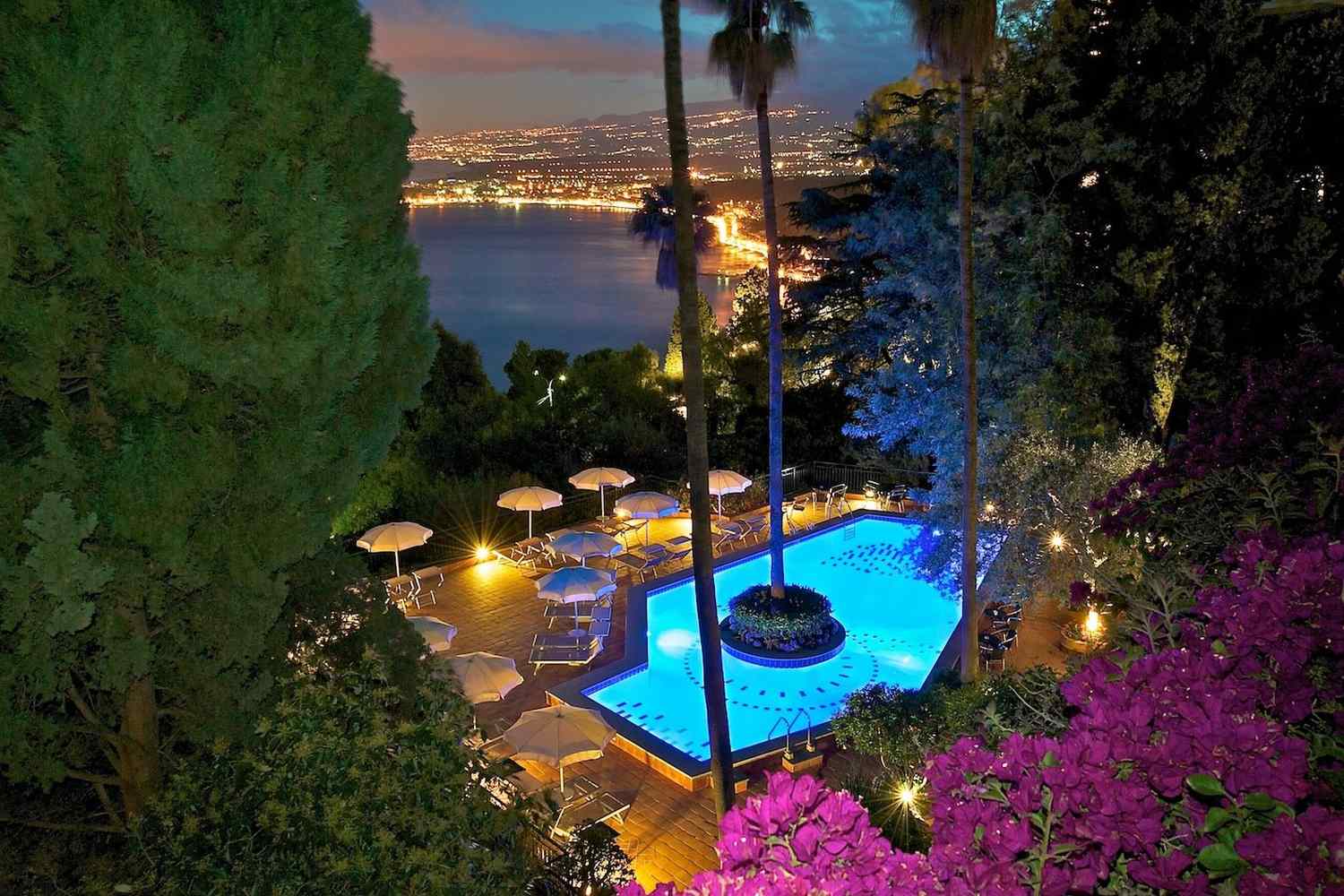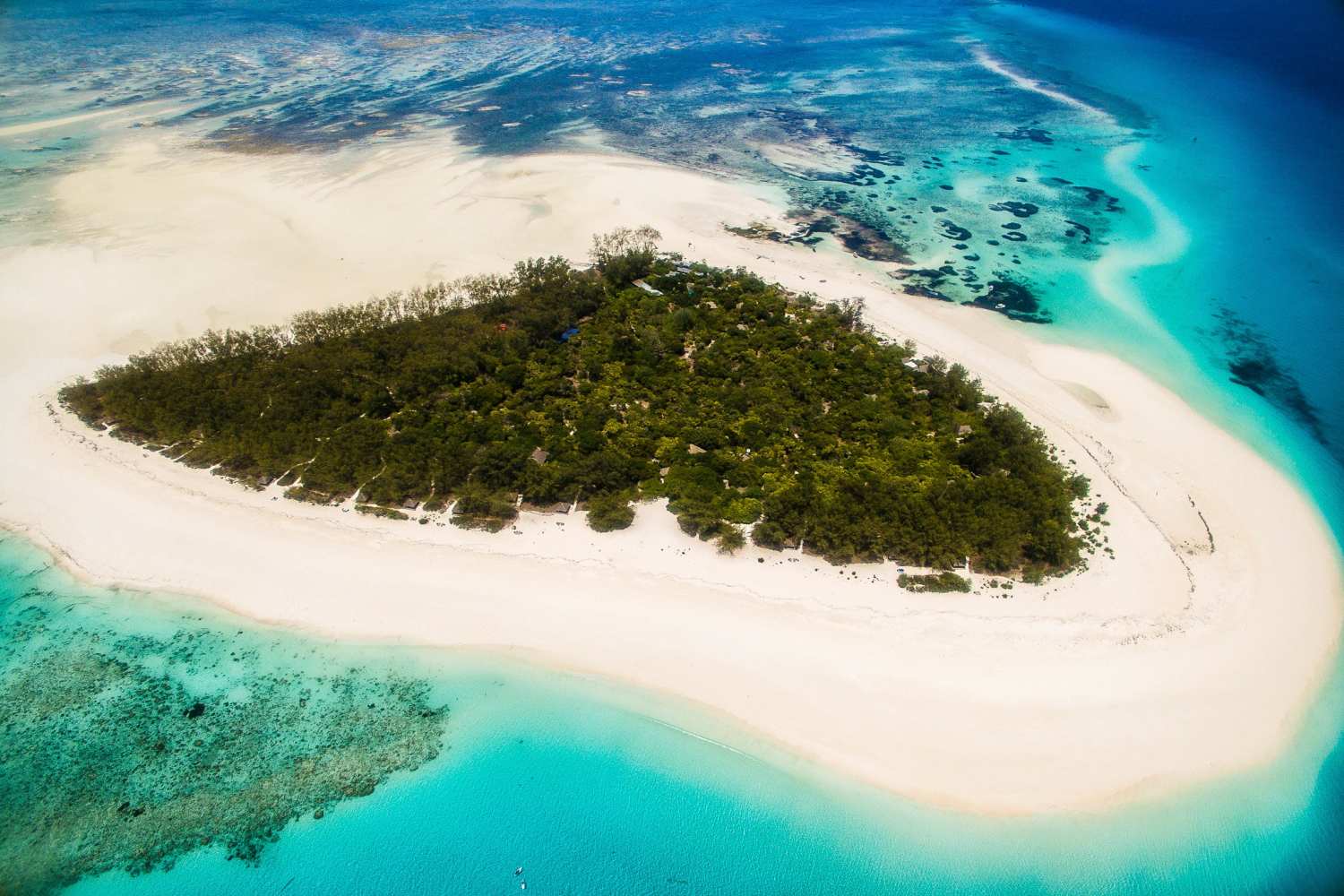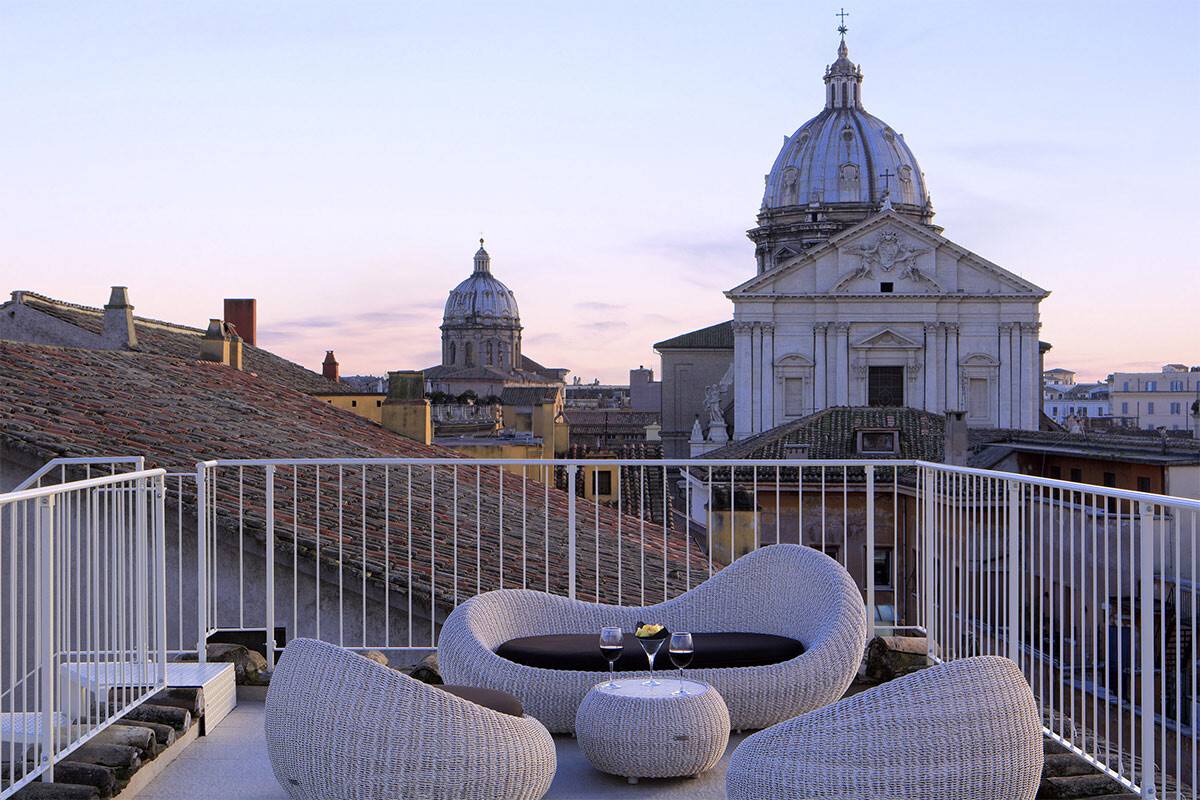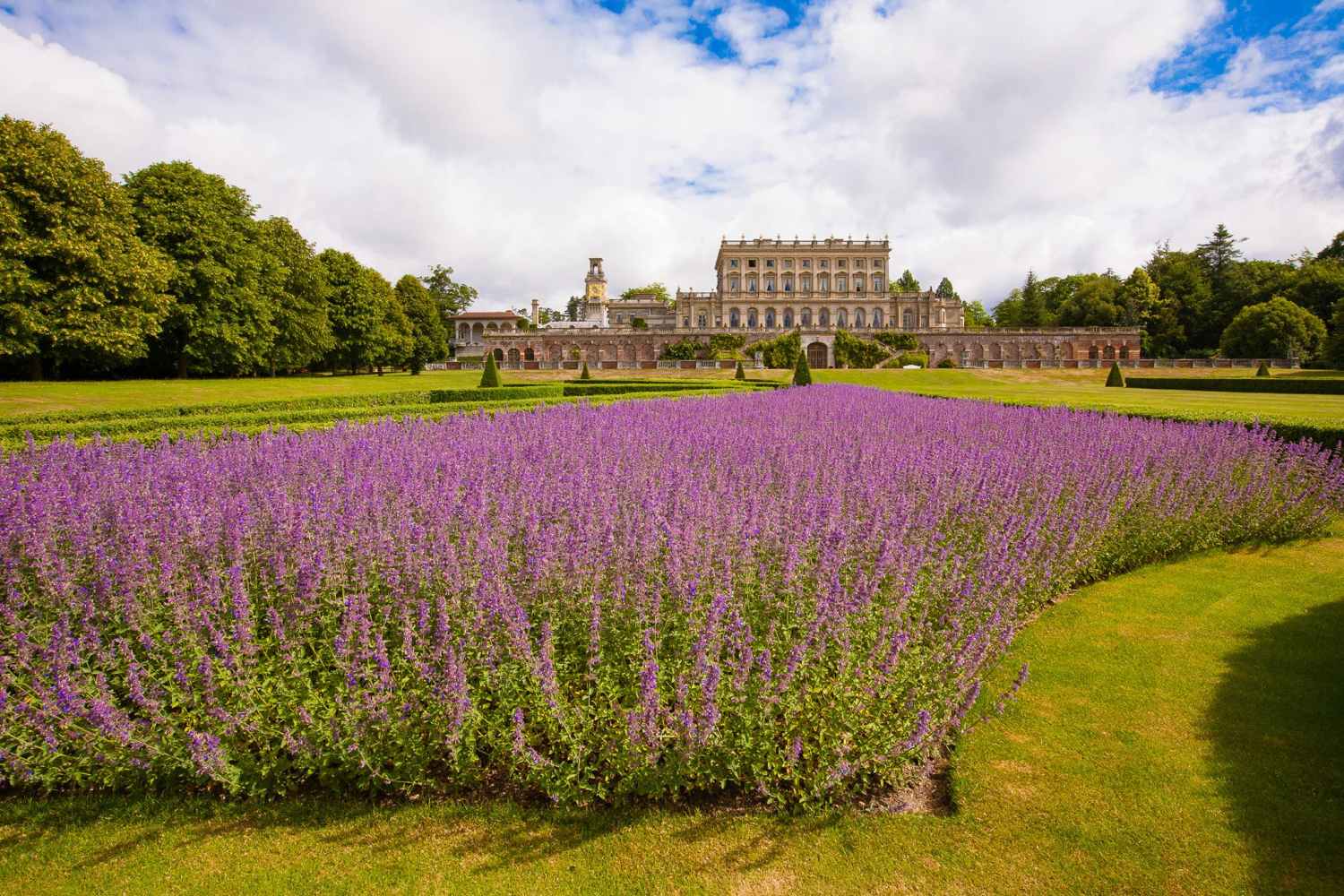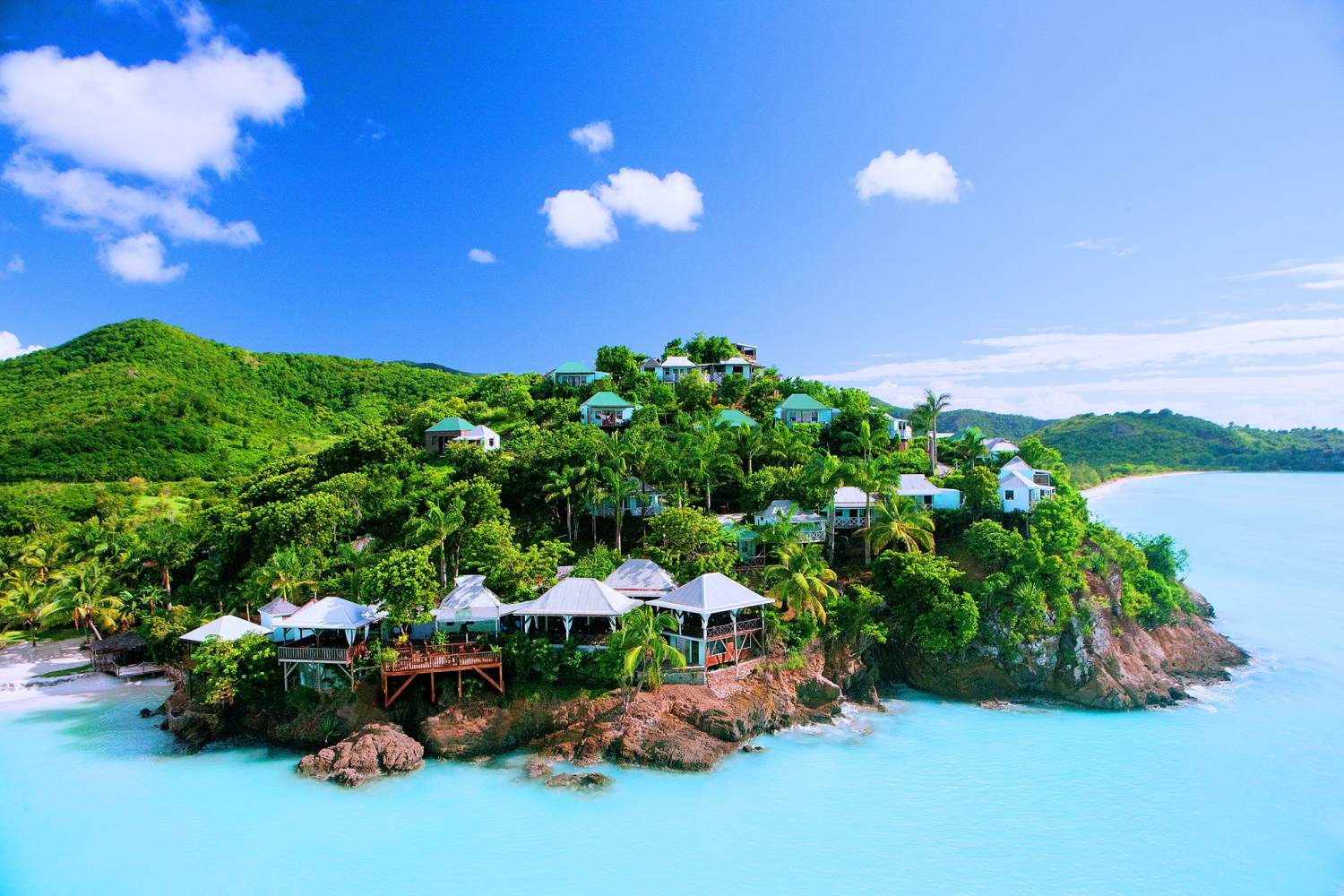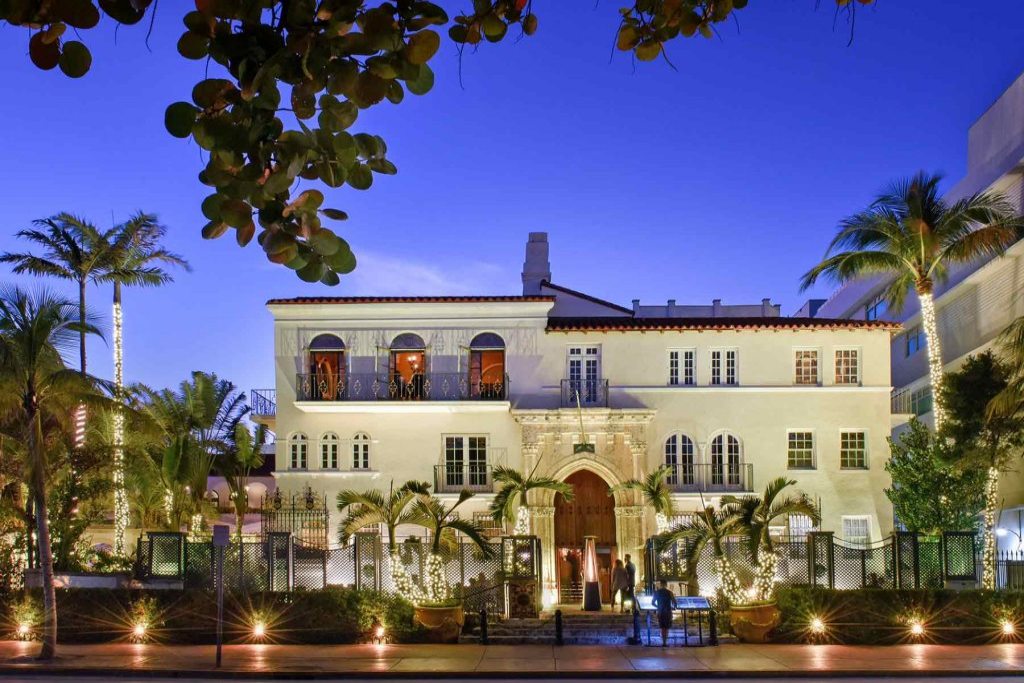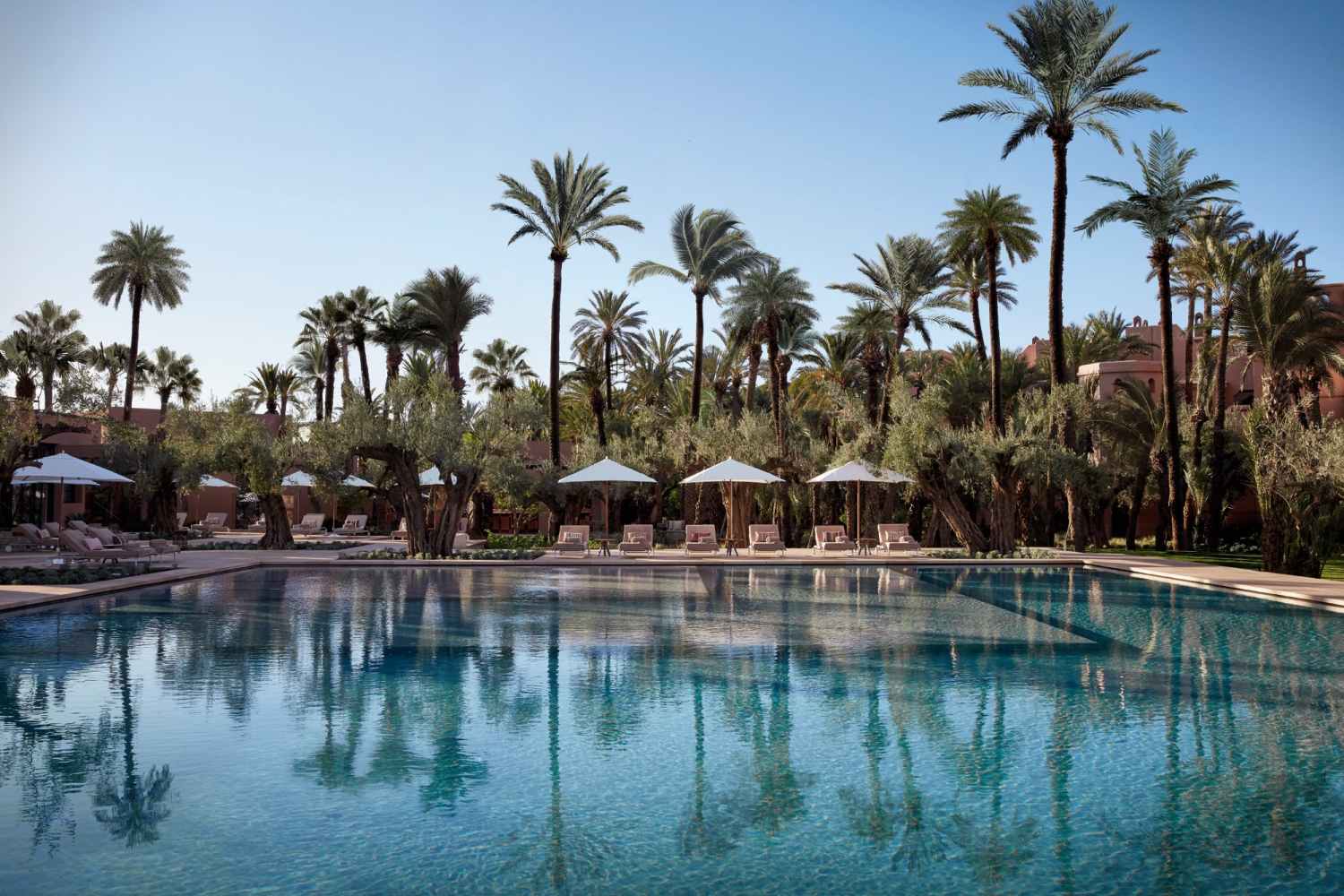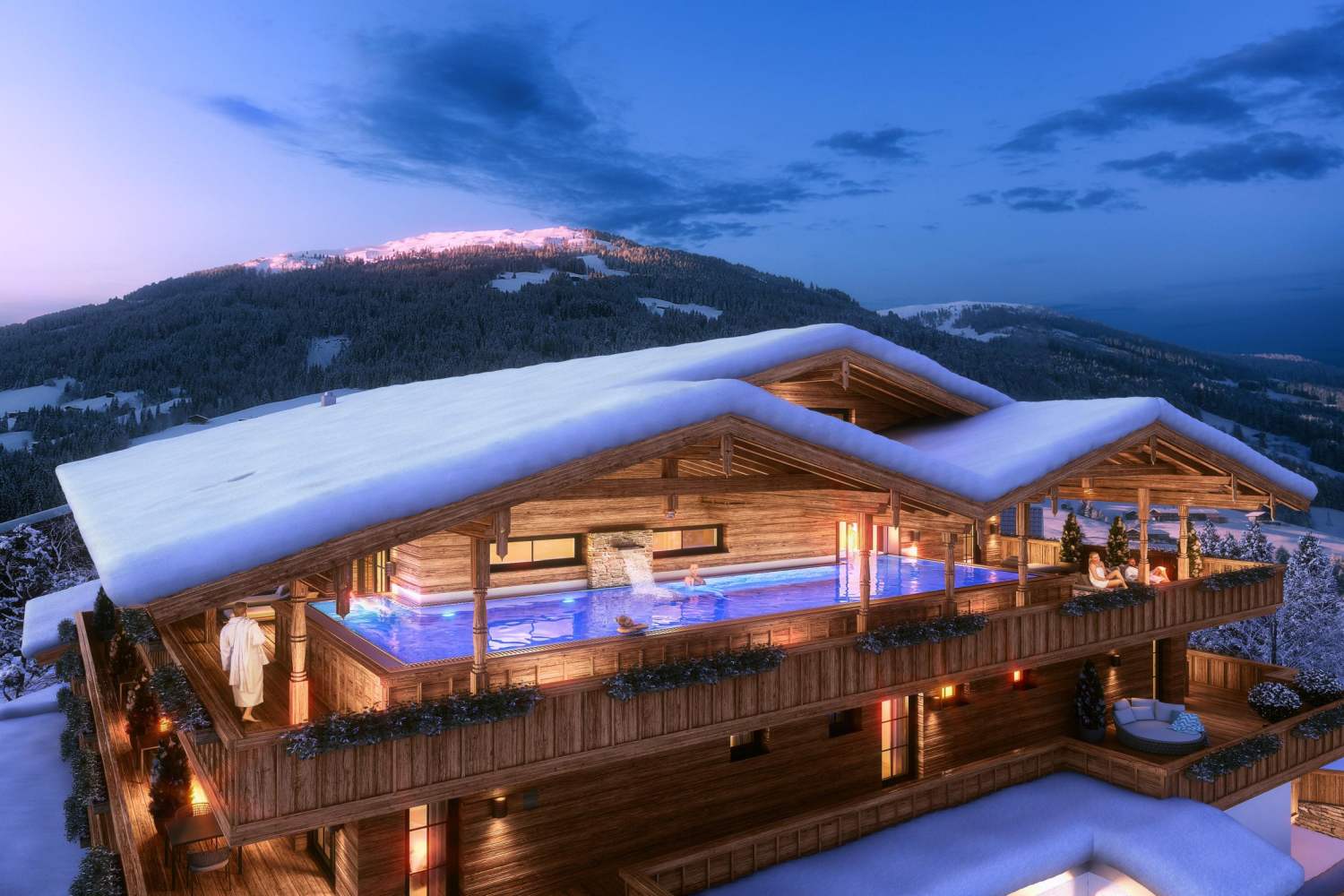Villa San Giorgio is a masterpiece of the English Architect Charles Robert Ashbee. The most significant and influential representative of the Arts & Crafts Movement. Today Villa San Giorgio has been turned into a luxury hotel which offers a wide range of exclusive services, in cooperation with Sicily’s most luxurious partners.
It is the ideal place where to leave off from the daily routine and to enjoy a complete relax, just a few steps away from the Central Taormina. Since 2011, The Ashbee Hotel has firmly established itself as a leader on the Sicilian boutique hotel scene. The Ashbee Hotel offers world-class amenities to look after your every need and ensure that the every guest spends a lovely time on us.
Keeping both body and soul in good health is really easy with our outdoor amenties like the pool area for refreshing moments during sunny days, fitness in the state-of-the-art gym with view and last but not least the quietness of a lush garden for your breaks from the daily routine.
ROOMS & SUITES
Our uniquely designed rooms and suites offer the ultimate in understated luxury. They are excellent for a trip with friends, family or as a couple. Each accommodation is fully equipped and furnished to create a pleasant and relaxing atmosphere.
THE ASHBEE SUITE
The spacious The Ashbee Suite is named in honour of Architect Charles Robert Ashbee who constructed the building more than a century ago. Designed and furnished for entertaining, the 46-square-meter residence boasts a large light-filled sitting room with a dining table and a terrace with stunning view over the ocean.
Offering a soothing atmosphere and super comfy double-bed, the suite’s expansive bedroom adjoins a spacious closet space and 2 marble bathrooms with double vanities, soaking tub and walk-in shower.
THE SPA SUITE
Escape the hustle and bustle in this relaxing suite. Sit back and enjoy a regenerating bath in the private Turkish bath with sensory shower or in the relaxing whirpool bath.
DELUXE ROOM
Enjoy the scenery & sun while standing on the private terrace capturing views of the Sicilian Coast over the Mediterranean Sea. The Deluxe Room Sea View embodies the contemporary residential elegance that defines The Ashbee Hotel. Comprised of a beautifully furnished airy bedroom, marble bathroom and private terrace, this handsome room is ideal for entertaining and extended stays in Taormina.
RESTAURANT & BARS
Menus to celebrate, impress, savour and remember. The best there is, with something to tempt every appetite. The Ashbee Hotel’s dining outlets offer a variety of food and beverage options of worldly influence. Whether you’re looking for light lunch with a view, or a Michelin Star Dining experience, The Ashbee Hotel will embark you in extraordinary gastronomic journeys.
BREAKFAST
The exquisitely roof terrace is a jewel box of a dining room. Floor-to-ceiling decorative glasses, daily sun-kissed tables and a stunning view over the Sicilian coast and Taormina, all set the scene for a relaxed and social morning experience. Start the day with an a la carte breakfast, including continental, healthy and traditional Italian breakfast choices.
RELAXED YET STYLISH
The ideal corner of our hotel for informal lunch, a drink, or simply watching the endlessly Sicilian coast and the Mediterranean after a refreshing dip in the panoramic pool. A most beautiful and hidden little corner of our hotel, the Pool Bar waits to be discovered. Sit back and soak up the atmosphere in a stunning quiet corner of the hotel, it’s an experience of its own.
THE ASHBEE BAR
Settle in, and fall in love with a true Taormina landmark where the art and beauties surrond you and the drinks are incredible. The Ashbee Bar offers a large collection of spirits, as well as classic cocktails, wines and craft beers.
Comfy sofas and elegant armchairs are available without prior reservations, making them convenient for a quick drink or the perfect place where to stop and converse with your friends, family or love one.
THE RESTAURANT
Inspired by the changing seasons and the fresh provenance of produce, St. George Restaurant by Heinz Beck has designed a stunning menu, the perfect way to enjoy a complete dining experience. To complement the refined cuisine of Heinz Beck at The Ashbee Hotel, our sommeliers offers a knowledgeable and tailor-made wine service for an extensive and constantly evolving wine list.
WEDDINGS IN SICILY
The beauty of a promise to make a bright future together, with closest friends and family. Your wedding at The Ashbee Hotel is personalized to your individual requirements, from table settings to menu requests, from floral decorations to live entertainment, tailor-made down to the last detail.
MEETINGS
This is the place, mark the occasion for an unrivalled business event. We provide everything you’ll need to conduct seamless meetings. Each meeting is individually tailored to meet the most demanding requirements.
Dedicated, on-site event planning professionals assist individual planners before, during and after events, ensuring that all needs and desires are not only met, but exceeded. Our modern meeting room is ideal for people needing a more intimate space in which to work.
PARTIES & CELEBRATIONS
The only limits are those of your imagination. Host an unforgettable event with The Ashbee Hotel, providing an exquisite setting for all manner of occasions in the very heart of Taormina.
From wedding proposals to sophisticated cocktail parties, our enthusiastic team of experts will provide an unrivalled quality of service for celebrations large and small. To host an event that becomes part of your most glamorous legacies, we are the place.
POOL AREA
To complement your gym experiences or to simply refresh after a day out sightseeing and shopping, take a dip in our infinity pool overlooking the Sicilian Coast and the Mediterranean, literally “the centre of the world”. Kick laps or kick back with refreshments from the Pool Bar.
GYM
The Ashbee Hotel boasts a fully outdoor equipped gym overlooking the Mediterranean Sea and the Taormina’s Gulf. State of the art Technogym equipment are at your disposal to stretch your body and your horizons peacefully.
THE ASHBEE GARDEN
Those seeking harmony and botanical beauty need look no further than The Ashbee Hotel, our exquisite floral oasis is perfect for retreating from the noise of central Taormina. Hundred of trees, colours and flowers were planted in the garden to create an unique ambiance to surprise every guest.
PANORAMIC TERRACE
Majestically occupying The Ashbee’s top sights point, it is our sumptuous terrace that offers panoramic views over the ocean below. Adorned with comfortable seating, the panoramic terrace offers a true retreat from city life. It’s like a sanctuary in which guests can get a break from the daily routine while soaking up uninterrupted views of the coast.
VICTORIA & ALBERT MUSEUM IN LONDON
A huge photographic archive of Charles Robert Ashbee’s visit to Taormina and Villa San Giorgio project and construction works is still preserved at the Victoria and Albert Museum’s National Library in London whereas the original drawings of the house are kept at the Drawings Collection of the Royal Institute British Architects and in Colonel Shaw-Hellier’s English house at Wonbourne Wodehouse in Staffordshire.
Plus, Ashbee used to scribble his journey reflections on his diaries which are today on display at the Cambridge King’s College and Victoria and Albert Museum’s National Library.
MIXED TRADITIONS
What makes Villa San Giorgio truly interesting from a historical and artistic point of view is the well-chosen concoction of two different traditions: Sicilian architecture and English cosmopolitism.
DAILY LIFE
Ashbee would project houses in places he was very familiar with, where he often had been living for years. That is because he loved to convey a sense of daily life through his projects, giving them specific artistic and historical connotations within the local social context.
Therefore, Ashbee would take the social context into great consideration upon projecting a house and apply specific references to the surroundings in order to fit the new house into a whole (instead of creating a standalone element).
ARTS & CRAFTS
Charles Robert Ashbee, born in London in 1863, son of a rich merchant, was one of the most significant and influential representatives of the Arts and Crafts movement, founded in England in the late 19th century by William Morris as an alternative to Victorian traditions.
The aim of the movement was creating “an English style for England”; the quest for new forms of artistic expression resulted in the adoption of Gothic as a new national style and the rejection of more traditional ones.
Once in Sicily, Ashbee got to know some of the world’s most fascinating places and absorbed the distinguishing features of Sicilian architecture; as a matter of fact, Ashbee wrote in his diary that nowhere else had he seen a place with so many magnificent buildings as Sicily.
VILLA SAN GIORGIO
The building today hosting Taormina’s luxury Ashbee Hotel was named Villa San Giorgio; construction works began in 1907 on a project by English Architect Charles Robert Ashbee on commission by Colonel Shaw-Hellier, an English veteran who, at one point in his life, had decided to leave England and move to Sicily.
He had bought a plot of land in Taormina with a view onto the Strait of Messina right behind the Church of St. Pancrazio, built on the ruins of a Greek temple dedicated to Serapis Zeus. In January 1907 he invited Architect Ashbee, a close friend of his, to spend a few days in Taormina and entrusted him with the project of a house to be built right on that plot of land.
TAORMINA
Taormina’s chief delight is wandering this pedestrian-friendly, boutique-lined thoroughfare. Start at the tourist office in Palazzo Corvaja, which dates back to the 10th century, before heading southwest for spectacular panoramic views from Piazza IX Aprile. Facing the square is the early-18th-century Chiesa di San Giuseppe.
Continue west through the Torre dell’Orologio, the 12th-century clock tower, into Piazza del Duomo, home to an ornate baroque fountain (1635) that sports Taormina’s symbol, a two-legged centaur with the bust of a woman.
Taormina’s premier sight is this perfect horseshoe-shaped theatre, suspended between sea and sky, with Mt Etna looming on the southern horizon. Built in the 3rd century BC, it’s the most dramatically situated Greek theatre in the world and the second largest in Sicily (after Siracusa). In summer, it’s used to stage concerts and festival events. To avoid the high-season crowds, try to visit early in the morning.
Located in the Borgo Medievale, the oldest quarter of town, on the eastern side of Piazza del Duomo, there is the 13th-century cathedral. It survived much of the Renaissance-style remodelling undertaken throughout the town by the Spanish aristocracy in the 15th century.
Created by Englishwoman Florence Trevelyan in the late 19th century, these stunningly sited public gardens offer breathtaking views of the coast and Mt Etna. They’re a wonderful place to escape the crowds, with tropical plants and delicate flowers punctuated by whimsical follies. You’ll also find a children’s play area.
PALAZZO DUCA DI SANTO STEFANO
Just behind Corso Umberto and near Porta Catania, this 13th-century palace was once home to the De Spuches, a noble family of Spanish origin. Now used as a functions space, its Norman Gothic windows and Arab accents make it one of Taormina’s architectural pin-ups.
SANTUARIO MADONNA DELLA ROCCA
Built inside a grotto on Monte Tauro, this small church was founded by the abbot Francesco Raineri in around 1640. According to legend, the Virgin Mary and baby Jesus appeared to a young shepherd who had taken refuge in the grotto during a sudden storm. The lofty view from the church’s terrace is almost as heavenly, taking in Taormina, Giardini Naxos and the deep-blue Ionian Sea beyond.
MONTE TAURO
The short climb to the top of Monte Tauro (378 mt) is not exactly Himalayan, but it is steep and the final steps are quite hard work. Your reward is a breathtaking panoramic view over Taormina’s rooftops, the Teatro Greco and, beyond, to the coast.
SAN GIUSEPPE CHURCH
Overlooking Piazza IX Aprile, this jewel-box church was completed in the early 18th century. The central portal is made of local marble while the portals on either side of it consist of Syracuse stone. Inside, the single-nave interior is decorated with whimsical rococo stuccowork featuring floral motifs and cherubs. The main altar is made using local marble while the fresco adorning the dome depicts a young San Giovanni Bosco between Christ and the Virgin Mary.
ISOLA BELLA
Southwest of Mazzarò is the tiny Isola Bella, a beautiful nature reserve set in a stunning cove with fishing boats. Reached on foot via a narrow sandbar (take your shoes off), the island was once home to Englishwoman Florence Trevelyan, creator of Taormina’s Villa Comunale.
SARACEN CASTLE
Perched atop Monte Tauro are the (inaccessible) ruins of this castle, built between the 11th and 12th centuries. The castle sits on the former site of Taormina’s ancient Greek acropolis.
MOUNT ETNA
Mount Etna dominates the Sicilian landscape; its omniscient, smoking silhouette a constant reminder of the very fabric of the island’s past, present and future. It’s the second most active volcano in the world, and as such it’s of course a must-visit in Sicily.
Those with a low level of fitness don’t need to worry, visiting Etna can be as easy or as difficult as you intend to make it. Take a sturdy pair of high-top walking boots, gloves, a snood and plenty of layers for the high, icy winds (which steadily become more severe the higher you go – even in the summer).
Your first stop should be Etna Sud, a base camp of sorts with a small selection of tourist shops, restaurants, hotels and importantly, the cable car station, Funivia dell’Etna. Take the cable car to 2.900 mt to begin your Etna expedition.
Taking the cable car is by no means a shortcut, there are plenty of opportunities for heart-pumping hikes from the setting-off point, including the invigorating final ascent to the summit craters at over 3.300 mt.
Bear in mind that it’s not possible to climb to the summit craters without a qualified guide or volcanologist. Climbs to Etna’s main crater are currently prohibited, owing to unpredictable volcano conditions.
VALLEY OF TEMPLES
When Icarus flew too close to the sun during his and his father Daedalus’ escape from Crete, his wax-crafted wings melted; he plummeted to the sea and drowned. Daedalus, distraught, sought sanctuary in Agrigento, on the undiscovered island of Sicily, and mourned his son.
In Apollo’s honour, he built what would become the first of the city’s fabled wonders, The Temple of Apollo. In real terms, the city was founded by the Ancient Greeks around 500 BC. Their archaeological legacy, namely the world-famous Valley of Temples, remains remarkably well-preserved to this day.
The Ancient Greeks believed Agrigento to have been founded by Daedalus, and so began its transformation into an important cultural and religious hub. The UNESCO-listed archaeological park Valle dei Templi consists of seven temples built between 400 and 500 BC.
They are the Temple of Concordia, Temple of Juno (or Hera), Temple of Heracles, Temple of Olympian Zeus, The Sanctuary of Demeter and Persephone (formerly known as the Temple of Castor and Pollux), Temple of Vulcan and Temple of Asclepius.
Various other relics remain in the city. After all, at its height, Agrigento is said to have held 300.000 inhabitants, ruled by a series of notable figures including Phalaris the tyrant, a notorious ruler whose executions saw wrongdoers enclosed inside a bronze bull and slow-roasted over a fire.
An oratory erected in his name is said to have been built on the site of his former palace. Look out too for a mausoleum that was once thought to have been the final resting place of another tyrant ruler named Theron, a pre-Hellenic cave sanctuary, and an 800-year-old olive tree.
SIRACUSA & ORTIGIA
Siracusa is a sprawling metropolis in southern Sicily, home to some of the island’s most important archaeological finds. Well-preserved Greek and Roman ruins are what have come to define the city’s appeal, the main attraction being Parco Archeologico della Neapolis.
The park contains many a number of ancient wonders. Primarily a Greek amphitheatre, a Roman gladiatorial theatre, a sacrificial altar, and Latomia del Paradiso, a network of ancient limestone quarries and catacombs.
The latter is famed as the location of the Ear of Dionysius, a cave with an ear-shaped, slashed opening. It was named by the revered Italian painter Caravaggio, who was inspired by the local legend suggesting the cave’s fine-tuned acoustics allowed Dionysius, an ancient Sicilian ruler, to trap political prisoners and eavesdrop easily on their wicked plans.
You couldn’t visit Siracusa without visiting Ortigia, the jewel in Siracusa’s crown. The small, bridge-linked island is where the locals go to have a good time. With a range of glitzy restaurants and bars, plus picture-perfect sunsets, it’s an enchanting romantic setting and ideal for evening strolling.
Don’t miss the Cathedral of Siracusa in Piazza del Duomo. It’s a masterpiece of baroque architecture, and its interior unlike any other cathedral you’ll have visited before.
CATANIA
As the second largest city of Sicily, Catania is an important economic hub for the country and is actually the 7th largest metropolis by area. With a population of 315.000 and a greater metropolitan population of 767.000, Catania lies on the eastern coast of Sicily directly in-between Siracusa in the South and Messina in the North.
This city was originally founded as a Greek colony in ancient times and since then has been part of numerous Empires and cultures including the Carthaginians, the Roman Republic, the Ostrogoths and eventually became part of the Kingdom of Italy.
During the Renaissance period, Catania was one of the most influential cities in the country and was known for its rich culture, arts and history. Today, Catania maintains a huge amount of its heritage and culture and offers a plethora of interesting structures and museums such as the Basilica Sant’Agata and the Museo Civici.
CEFALU’ CATHEDRAL
Cefalù’s cathedral is one of the jewels in Sicily’s Arab-Norman crown, only equalled in magnificence by the Cattedrale di Monreale and Palermo’s Cappella Palatina.
Filling the central apse, a towering figure of Cristo Pantocratore is the focal point of the elaborate Byzantine mosaics, Sicily’s oldest and best preserved, predating those of Monreale by 20 or 30 years. In his hand, a compassionate-looking Christ holds an open Bible bearing a Latin and Greek inscription.
Other mosaic groups include the Virgin with Four Archangels dressed as Byzantine officials. The 16 interior columns with Roman capitals probably came from the Tempio di Diana on La Rocca.
Legend tells us that the cathedral was built by Roger II in the 12th century to fulfil a vow to God after his fleet was saved during a violent storm off Cefalù. In fact, it was more likely the result of Roger’s tempestuous relationship with the Palermitan archbishopric.
Eager to curb the growing influence of the papacy in Sicily (with whom the Palermo archbishopric had close ties), Roger thought that building a mighty church so far from Palermo would prove an effective reminder of his power across the island and pose a disincentive to any potential usurpers. It’s thus hardly surprising that the cathedral’s architecture is distinctly fortress-like.
PALERMO
Palermo, Sicily’s capital, is a city with its own distinct, almost tangible atmosphere. This is Sicily’s beating heart; an ideal location for first-timers to the island with a week or so to explore.
Its varied landscape offers something for everyone, while its range of bars, restaurants, theatres and museums means you can be sure of a chaotic itinerary. Don’t miss Teatro Massimo, a feat of Sicilian architecture and one of the world’s most renowned opera houses.
Art and history lovers will adore Palazzo dei Normani, a Norman palace that’s home to the dazzling Palatine Chapel, filled with gilded religious iconography. Puppet show theatre is one of Palermo’s quirky cultural delights, and you can catch regular performances at one of the many theatres in the city.
Monte Pellegrino, the city’s mighty mountain, provides a beautiful backdrop to the city, but also excellent opportunities for long walks and hiking, with views out to Mondello bay and beyond. Spiaggia di Mondello is the city’s popular white-sand beach.
For those with a taste for the macabre, head to the city’s historic catacombs, Catacombe dei Cappuccini. The embalming of bodies was once a 15th century funerary practice reserved for passed Capuchin monks, but it soon became fashionable among Palermo’s wealthy citizens.
What draws visitors to the catacombs is the corpse of two-year-old Rosalia Lombardo. The little girl died of pneumonia in 1920. Her tragic passing led her father to embalm her body using techniques never attempted before, and as a result, her embalmed body is extremely well-preserved.
Local whispers suggest that her eyes open at a particular time of day. Experts however, generally agree this to be a fault in the stitching of her eyelids, which is only visible when the sun shines directly on the body at a particular time of day.
SCALA DEI TURCHI
Located on the south coast of the island, near Realmonte, a few kilometers far from Agrigento, it is called “Scala” because of its shape. It is a cliff, that is, an outcrop of white marl, a mixture of clay and chalk that offers a vivid contrast between its blinding white and the blue of the sea and sky. This contrast has inspired several photographers from all over the world, who have captured it in several shots.
This monument of nature takes its name, not only because of its singular shape which is the result of the centuries-old wind polishing work but also from the legend that says that during the Moorish invasions, (wrongly called as Turchi), these reached Realmonte, climbing on the stratifications of this magical cliff.
GETTING AROUND THE ISLAND
Boasting everything from nature reserves to archaeological ruins, Sicily is the perfect destination for science and history lovers, as well as everyone in between. Sicily is a symphony of sights, textures, sounds and tastes.
As the largest island in the Mediterranean, Sicily boasts a dramatic mix of sea and mountains, including an active volcano and some of Italy’s most turquoise coves. Locals say that Sicily is not Italy, and from the very first step you’ll discover that what you see on this island is not what you’d expected.
CASTELMOLA
For eye-popping views of the coastline and Mt Etna, head for this cute hilltop village above Taormina, crowned by a ruined castle. If you’re reasonably fit, head up on foot (one hour) for a good workout and sweeping panoramas. Alternatively, take the hourly bus service. While you’re up here, stop in for almond wine at Bar Turrisi, a multilevel bar with some rather cheeky decor.
NOTO & THE BAROQUE TOWNS
When the ancient mountain city of Netum was destroyed in the 17th century, Italy’s architectural elite busied themselves on a new vision for the displaced residents, inspired by the period’s defining design movement. What they created was a baroque masterpiece: today’s Noto, 10km south of the original site.
This small town was designed to impress. Its elevated position, surrounded by green hills and citrus orchards, was perfectly orchestrated by the architects to allow their buildings to be bathed in an apricot glow at twilight. The result: the shadows of the buildings’ stuccoed figures dancing across their already-theatrical facades.
While you don’t need to spend more than a day or two exploring the town itself, it’s worth settling in for a few days as its location is an ideal base for a range of local attractions, including the Vendicari Nature Reserve, Cavagrande del Cassibile Nature Reserve, the baroque towns of Modica and Ragusa, and the gorgeous seaside towns of Marzamemi and Portopalo.
Conveniently, the ‘stone garden of Sicily’ is perfect for mornings spent indulging in granita, and evenings spent strolling the lamp-lit streets, leaving your days free to explore the region. If you have time, don’t miss the now crumbled Noto Antica, historic Netum, with roots that pre-date the Roman conquest of Sicily.
There are plenty of archaeological gems to be discovered in amongst the mountain vegetation that has consumed them over time, and the views from the top of the Norman fort are incredible.
ALCANTARA GORGES
Created by waves of lava centuries ago, Gole dell’Alcantara is a series of canyons located in the Botanical Park. Between the Messina and Catania provinces, the magma percolation runs along the Alcantara River and has led to a number of horizontal and vertical configuration, and some basalt walls as tall as 50 meters.
If you want to know more, guided tours can be arranged at the Museum of Land or the nature trail. The excursion includes a taste-testing of regional specialties.
THE AEOLIAN ISLANDS
This huddle of volcanic islands are part of the Sicilian province of Messina, and their wild, fiery beauty isn’t to be missed. Situated in the Tyrrhenian Sea, halfway between Sicily’s northeast and the toe cap of Italy’s boot, they’re collectively listed as a UNESCO World Heritage Site.
Lipari forms the central hub of the Aeolian Islands. It serves as an excellent jumping-off-point for the surrounding six islands. Most people make a beeline for the island of Vulcano. It’s famous for its mud baths, or fanghi.
Its otherworldly landscape is dominated by the smoking Gran Cratere volcano, that exudes sulphurous fumes almost constantly. You’ll find several beaches there too, with thermal hot springs. Spend time on spectacular black sand beaches on Stromboli, perhaps the most beautiful of the Aeolian Islands.
The Stromboli volcano has been in a state of constant eruption since 1932, its clouds of steam emanate continuously from the peak. From here, you can hike the foothills of the volcano and the rocky coves of the surrounding beaches.
The smaller islands of Salina, Panarea, Alicudi and Filicudi are the lesser-visited of the Aeolian Islands. If you love a little luxury, head to Panarea for its glitzy, high-end scenes. Nature lovers should head to Salina, Alicudi or Filicudi for their verdant landscapes. The latter two are so remote they’re almost completely untouched by tourists.
CATTEDRALE DI MONREALE
Inspired by a vision of the Virgin and determined to outdo his grandfather Roger II, who was responsible for the cathedral in Cefalù and the Cappella Palatina in Palermo, William II set about building the Cattedrale di Monreale, 8km southwest of Palermo.
Incorporating Norman, Arab, Byzantine and classical elements, the cathedral is considered the finest example of Norman architecture in Sicily. It’s also one of the most impressive architectural legacies of the Italian Middle Ages. Although the cathedral’s mosaicists hailed from Sicily and Venice, the stylised influence of the Byzantines pervades their work.
Completed in 1184 after only 10 years’ work, their shimmering masterpieces depict biblical tales, from the creation of man to the Assumption, in 42 different episodes. The beauty of the mosaics cannot be overstated – you have to see for yourself Noah’s ark perched atop the waves or Christ healing a leper infected with large leopard-sized spots.
The story of Adam and Eve is wonderfully portrayed, with a grumpy-looking, post-Eden-eviction Eve sitting on a rock while Adam labours in the background. The large mosaic of Christ, dominating the central apse, is stunning. Binoculars make viewing the mosaics easier, although they are still impressive to the naked eye.
Adjacent to the cathedral is the entrance to the cloister, which illustrates William’s love of Arab artistry. This tranquil courtyard is an ode to Orientalism, with elegant Romanesque arches supported by an array of slender columns alternately decorated with shimmering mosaic patterns.
Each capital is unique, and taken together they represent a sculptural record of medieval Sicily. Especially interesting is the capital of the 19th column on the west aisle, depicting William II offering the cathedral to the Madonna.
VILLA ROMANA DEL CASALE
Villa Romana del Casale is sumptuous, even by decadent Roman standards, and is thought to have been the country retreat of Marcus Aurelius Maximianus, Rome’s co-emperor during the reign of Diocletian (AD 286–305).
Certainly, the size of the complex, four interconnected groups of buildings spread over the hillside, and the 3.535 sqm of astoundingly well-preserved multicoloured floor mosaics suggest a palace of imperial standing. Following a landslide in the 12th century, the villa lay under 10 mt of mud for some 700 years, and was thus protected from the damaging effects of air, wind and rain.
It was only when serious excavation work began in the 1950s that the mosaics, considered remarkable for their natural, narrative style, the range of their subject matter and the variety of their colour, were brought back to light.
The villa’s recent restoration has covered almost the entire complex with a wooden roof (to protect the mosaics from the elements), while an elevated walkway allows visitors to view the tiled floors and the structure itself in its entirety.
RISERV NATURALE SALINE DI TRAPANI E PACECO
Along the coast between Trapani and Marsala lies this evocative landscape of saline (shallow salt pools) and decommissioned mulini (windmills). The salt from these marshes is considered Italy’s finest and has been big business for centuries.
The most attractive stretches of coast are protected within two wetland preserves: Riserva Naturale Saline di Trapani e Paceco to the north near Trapani, and Riserva Naturale di Stagnone to the south near Marsala.
The latter encompasses San Pantaleo island – home to the noted archaeological site of Mozia – and the larger Isola Lunga, which protects the shallow waters of Stagnone lagoon. Definitely unmissable the migration season, when some species of birds go en route to Africa including the flamingo and the heron.
